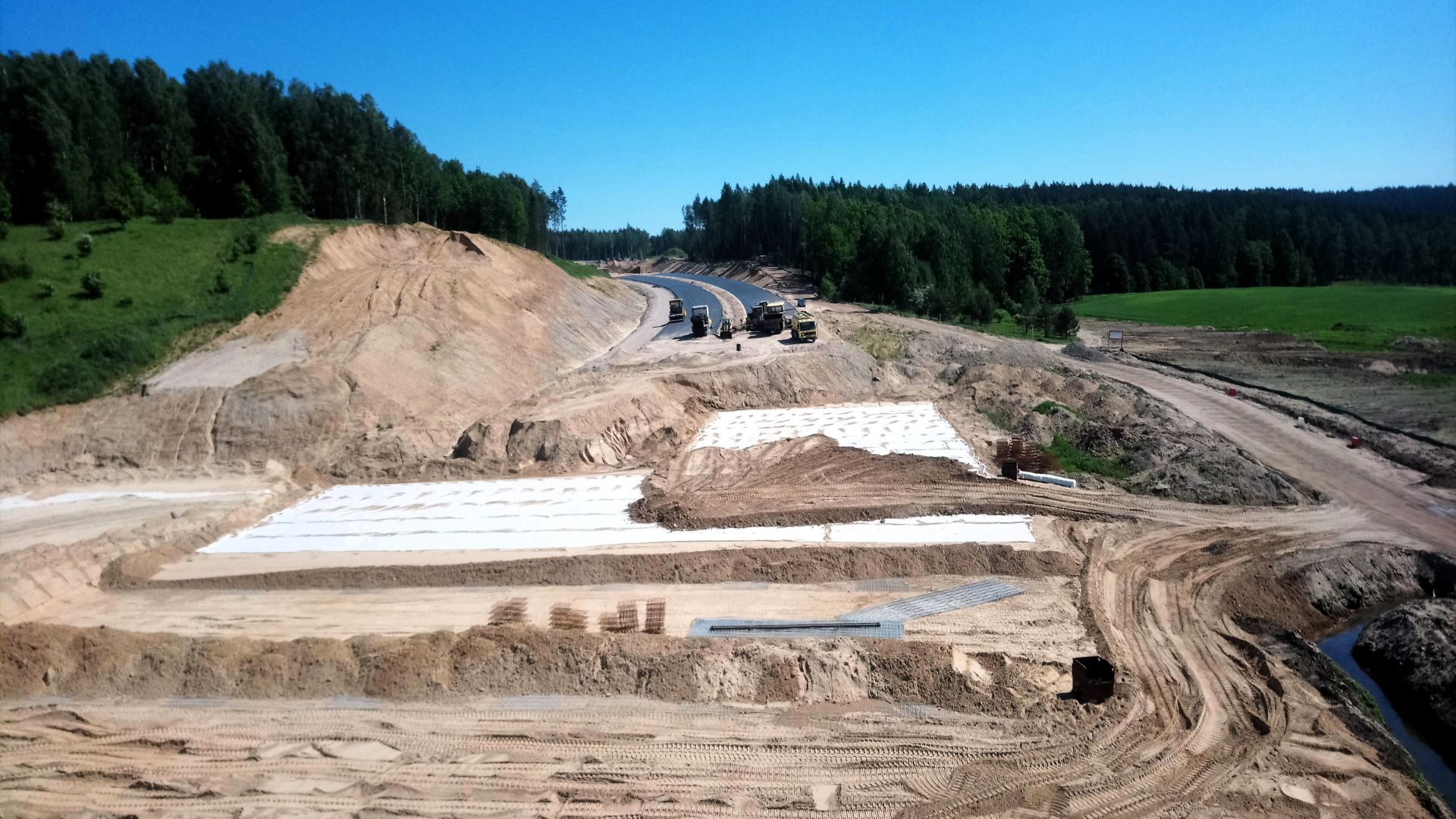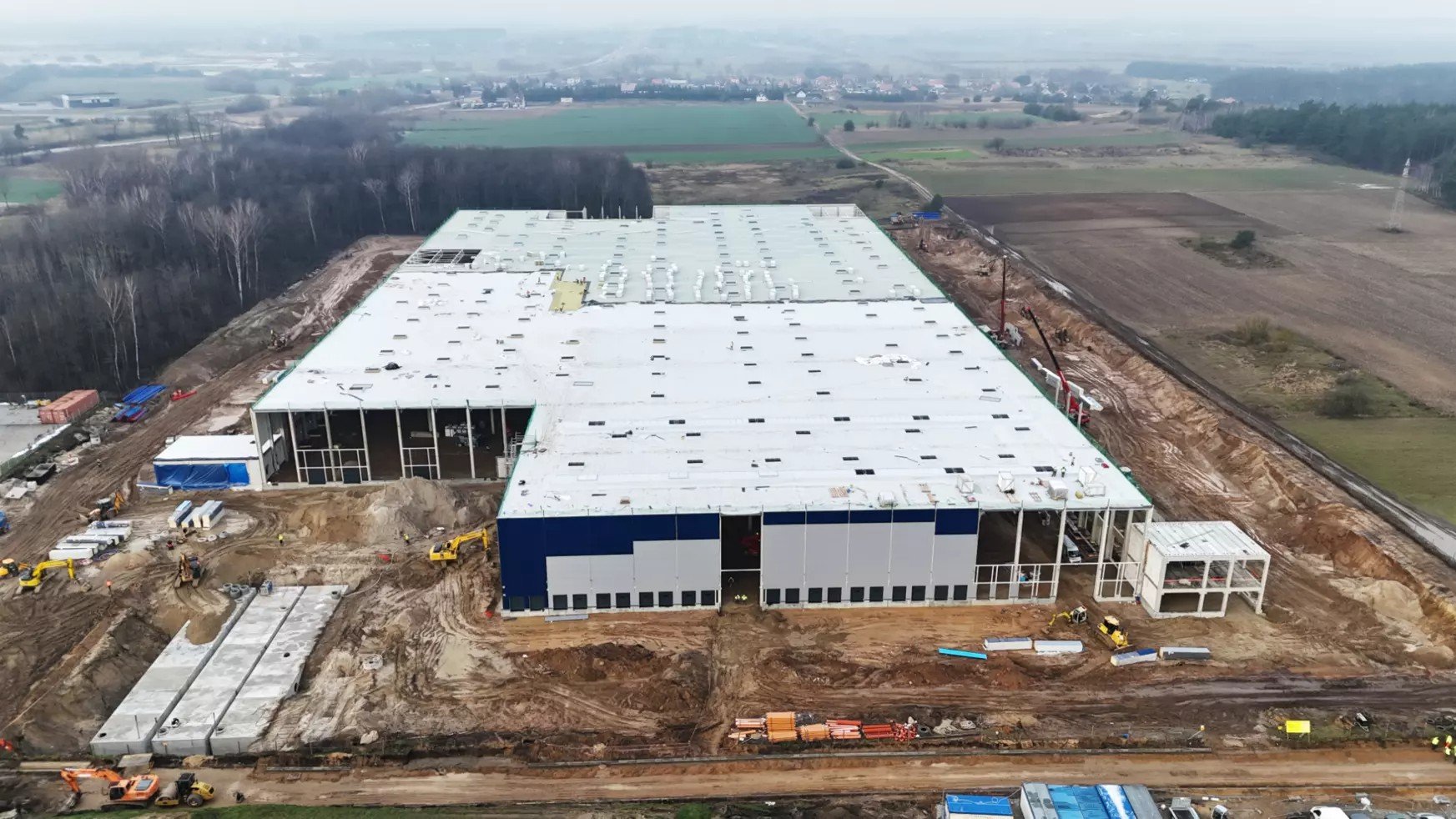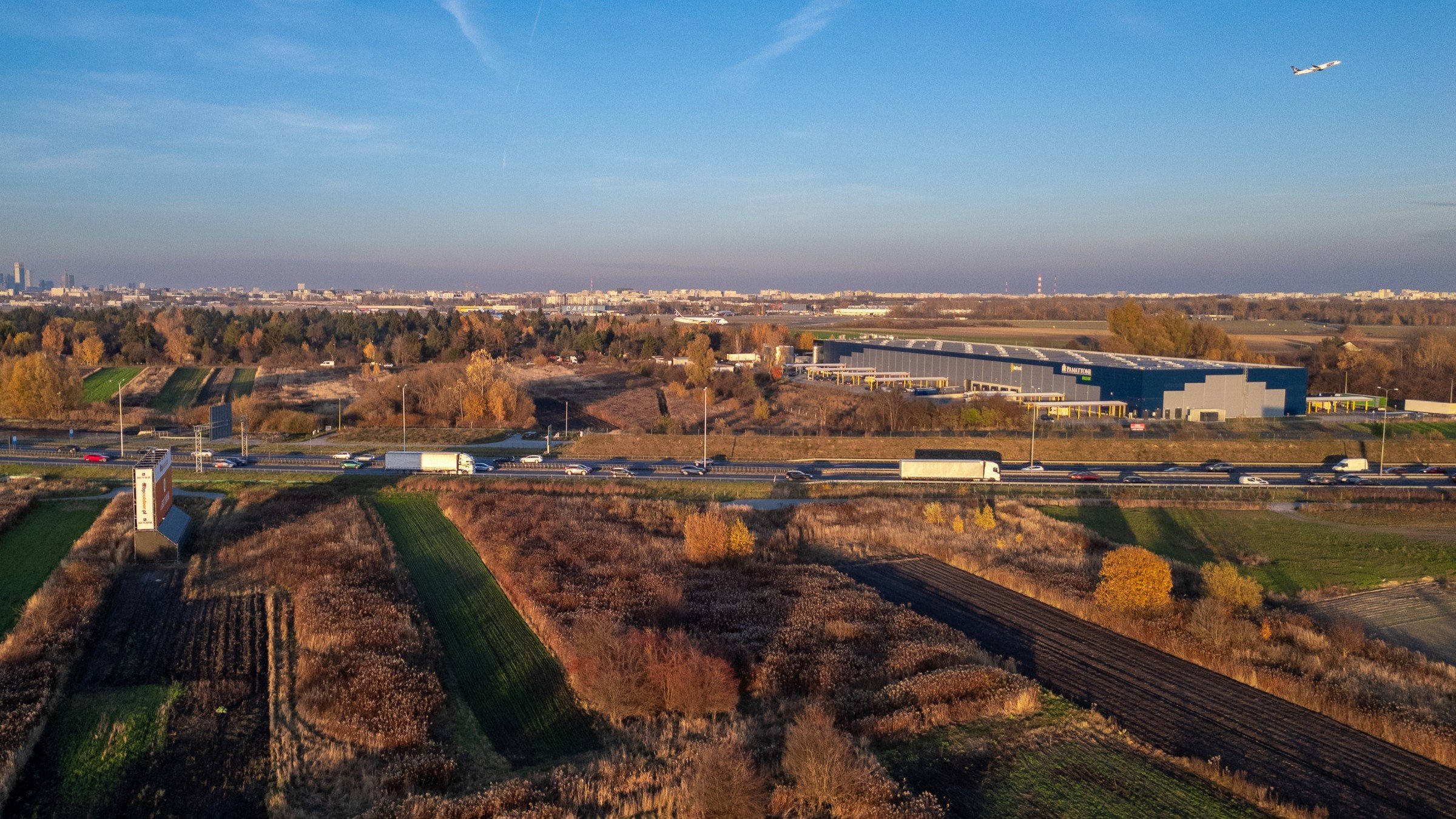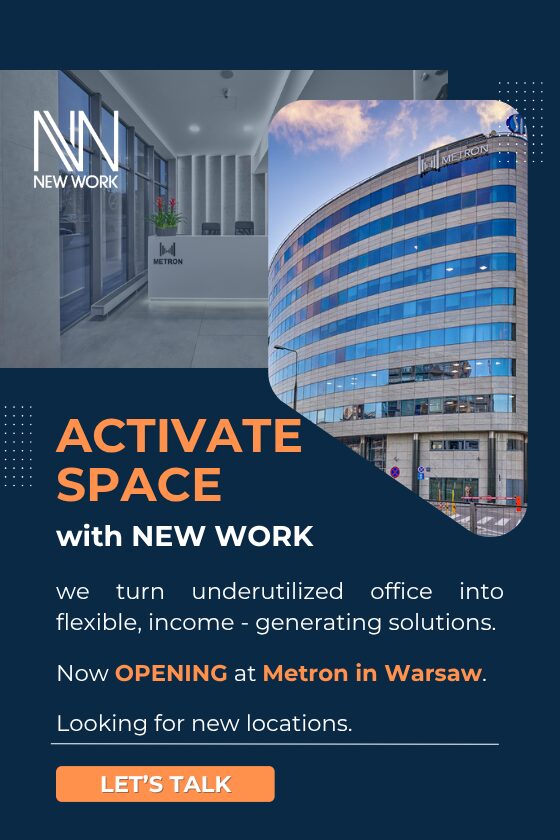The development of the country’s highway network is shortening travel times between regional centres and connections to the European transport network, fundamentally reshaping the map of the Czech industrial real estate market. Development activity, which has so far been concentrated mainly around Prague, Brno, Ostrava and Plzeň, is also shifting. Attention is currently turning to cities such as Olomouc, Jihlava and Liberec; with České Budějovice and Litomyšl set to join them in the coming years.
By the end of the decade, more than 300 kilometres of new expressways will be built, which will fundamentally alter not only the country’s transport map but also the strategy of companies looking for a location for their logistics and production facilities. Three road projects, which have finally been given the go-ahead after years of deadlock over permits, are particularly important. The connection between Brno and Vienna via the D52 motorway, the connection between Prague and Linz via the D3, and the completion of the northern section of the Prague D0 motorway ring road. Not only will this reduce travel times between major cities, but it will also create new corridors for the movement of goods and services. Prague will be only three hours away from Vienna, the journey to Linz will take 2.5 hours, and connections to the Polish cities of Katowice and Krakow will be reduced to 4 and 4.5 hours, respectively.
“What we considered long-term plans just five years ago is now becoming a reality. The connection between Brno and Vienna via the D52 and Prague and Linz via the D3 already has a specific timetable,” says Josefína Kurfürstová, senior consultant at Colliers, adding that the Czech Republic is gradually becoming a logistical bridge between Germany, Austria, Poland, and Slovakia.
The cities that are set to become new development centres in the coming years are České Budějovice, Olomouc with Přerov, and Jihlava. Indicative rents in these locations range between €5.40 and €5.90 per square meter per month. This is significantly less than in Prague, where rents range from €7.00 to €7.50.
According to Colliers’ analysis, a certain decentralisation of the Czech industrial real estate market can be expected by the end of the decade. While traditional regions will continue to hold their position as major centres, more and more companies are considering moving part of their logistics to areas with better transport accessibility, lower rents and sufficient labour.
“New hubs do not arise randomly, but mirror the development of transport infrastructure. As soon as travel times are reduced and connections to major routes are improved, the region immediately becomes attractive to investors and manufacturers,” explains Josefína Kurfürstová. According to her, the expanding motorway network not only connects regions, but also redefines the economic geography of the Czech Republic: “Where major transport routes used to end, new industrial and logistics hubs are now emerging, bringing with them new opportunities for the development of entire regions. The question remains whether we can leverage our advantageous location in the heart of Europe in the face of international competition and stand up to neighbouring countries that offer cheaper labour and greater government support.”
“Although the number of completed warehouses in the last quarter is low, a record 1.7 million sqm of space is currently under construction in 171 logistics parks across the Czech Republic. Despite a short-term decline in demand, the market is very active. Developers are responding to structural changes – a shift towards regional centres, better transport accessibility and proximity to production plants,” explains Josefína Kurfürstová.
A large part of the construction is concentrated in Prague and the Central Bohemian Region, which accounts for 26 percent of all projects under construction. This is followed by the Moravian-Silesian Region with 19 percent and, surprisingly, the Karlovy Vary Region with 18 percent. The high share in the Karlovy Vary Region is due to the ongoing construction of the only large automated warehouse project in Cheb, covering an area of over 200,000 sqm.







